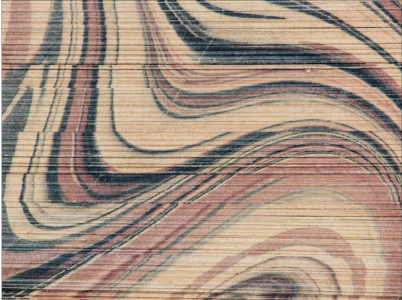In recent years, there’s been a noticeable shift in how the construction industry approaches efficiency, sustainability, and cost. Modular and prefab construction methods have surged in popularity, offering faster timelines and reduced waste compared to traditional builds. But behind the walls and structures of this modern building revolution is a surprising material quietly dominating the scene; plywood from Russia.
Known for its durability, aesthetic appeal, and consistent performance, Russian plywood, particularly birch varieties, has become a staple in modular building worldwide. So, what’s behind the rise of this material, and why is it favored in the prefab world?
Why Modular and Prefab Construction Needs the Right Materials
Modular and prefabricated buildings are assembled in sections off-site and then brought together at the final location. This approach requires materials that are:
- Lightweight yet strong
- Easy to cut, shape, and assemble
- Consistent in quality
- Capable of withstanding transport, handling, and environmental conditions
Plywood checks all these boxes, but not just any plywood will do. Builders often seek out high-grade, reliable materials, and this is where Russian options, especially birch plywood, stand out.
What Makes Plywood from Russia Stand Out?
When we talk about plywood from Russia, we’re mostly referring to birch plywood harvested from the cold, dense forests of northern Russia. These birch trees grow slowly, which results in tight, fine grains that are ideal for producing high-strength plywood.
Key characteristics of Russian plywood include:
- Strength and stiffness: Thanks to multiple thin veneer layers with minimal voids, Russian plywood is much stronger than standard softwood versions.
- Smooth surface: Birch veneers offer a clean, consistent surface, perfect for visible applications or finishes.
- Dimensional stability: The tight grain ensures the panels stay flat and resist warping, even under temperature or humidity fluctuations.
- Versatility: Russian plywood works well across framing, flooring, cabinetry, and wall panels, making it a natural fit for modular builds.
For prefab manufacturers aiming to streamline operations while maintaining quality, this level of consistency and strength is crucial.
The Role of Russian Baltic Birch in Prefab Applications
Among Russian wood exports, Russian Baltic birch is often considered the crown jewel. This premium plywood product is widely used not only in construction but also in furniture making, cabinetry, and even transport vehicles.
In prefab construction, Baltic birch is valued for:
- Interior applications like built-in furniture, subfloors, and walls
- Structural panels where strength and light weight are key
- Decorative finishes, thanks to their clean edges and smooth surface
Its reliability reduces the risk of delays or structural issues in modular builds, both critical for projects working on tight deadlines.
The Global Expansion of Wooden Imports
The rising demand for cost-efficient, high-quality materials has made wooden imports a vital part of the construction industry’s supply chain. Countries that don’t have extensive forest resources rely on imports to fulfill commercial and residential building needs. Russia, with its vast natural reserves, plays a significant role in meeting this demand.
Builders and manufacturers across Europe, Asia, and North America are increasingly sourcing Russian birch plywood due to:
- Competitive pricing compared to domestic hardwood options
- High-quality grading systems
- Consistency in supply chains (though occasionally impacted by geopolitical events)
The growth of prefab methods globally has only further accelerated the interest in importing this reliable material.
Sourcing Birch Plywood Locally: Is It Possible?
For businesses and contractors looking to import birch plywood near me, local distributors and wholesalers often stock Russian-origin plywood due to its popularity and performance. Whether you’re a small builder or managing large prefab developments, sourcing high-quality birch plywood locally often means tapping into this global supply.
However, it’s essential to:
- Verify the origin and certification (like FSC or EUTR compliance)
- Ensure the plywood meets local building code standards.
- Work with reputable suppliers who maintain consistent quality.
Given the global nature of prefab construction today, even “local” suppliers are often importing from well-established international producers, with Russia being among the top sources.
Final Thoughts
As the global construction industry shifts toward more efficient and sustainable practices, there’s a growing demand for materials that combine strength, affordability, and environmental responsibility. Russian plywood—especially Baltic birch—has firmly established itself in the prefab and modular construction sectors by meeting all these needs and more.
From sturdy structural framing to polished interior finishes, this once-specialized product has evolved into a staple in modern buildings. With the continued rise of prefab solutions, Russian plywood is poised to maintain its vital role—quietly supporting the industry’s progress from behind the scenes. As part of the broader trend in wooden imports, it exemplifies how smart sourcing can shape the future of construction.







